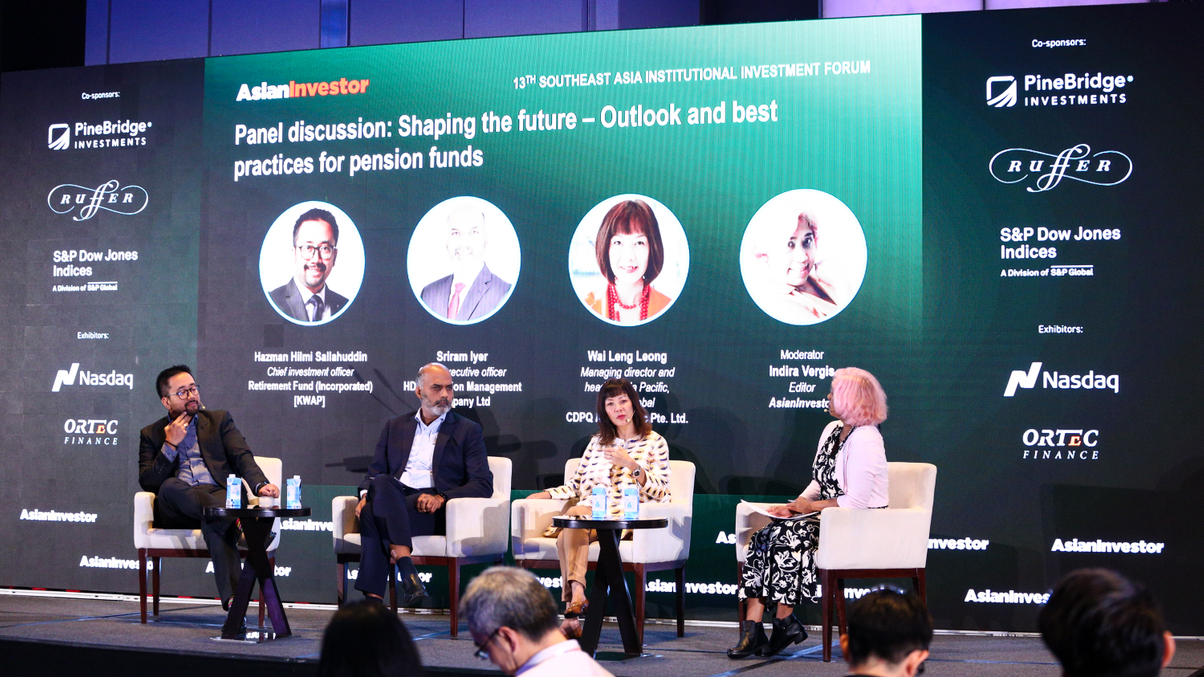How CDPQ, KWAP, HDFC Pension balance growth with geopolitical risks
Leaders from major Canadian, Malaysian and Indian pension funds shared their innovative and unique approaches to navigating today's complex financial landscape in the pursuit of growth while remaining true to their mandates.

Pension funds worldwide are grappling with geopolitical risks in an increasingly interconnected global economy, according to Hazman Hilmi Sallahuddin, the chief investment officer of Malaysian public pension fund Kumpulan Wang Persaraan (KWAP).
Sign in to read on!
Registered users get 2 free articles in 30 days.
Subscribers have full unlimited access to AsianInvestor
Not signed up? New users get 2 free articles per month, plus a 7-day unlimited free trial.
¬ Haymarket Media Limited. All rights reserved.


